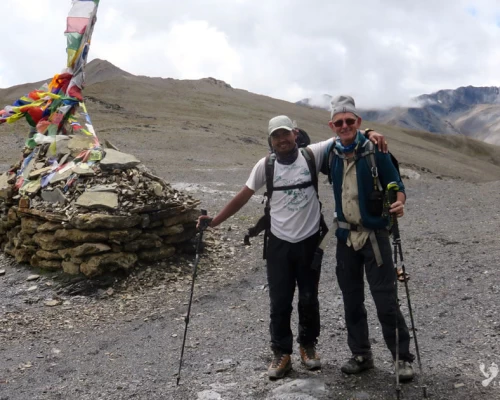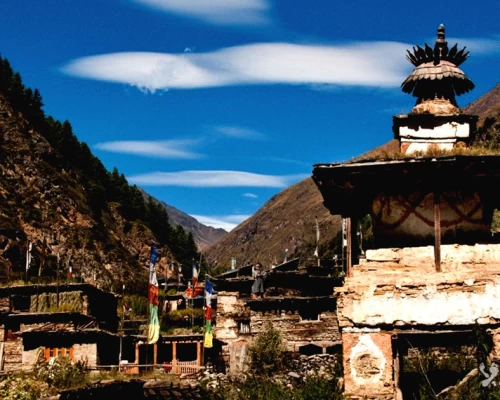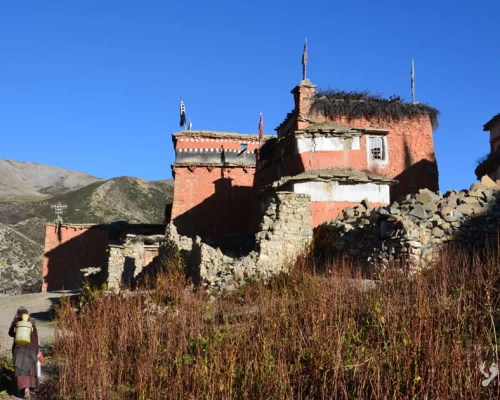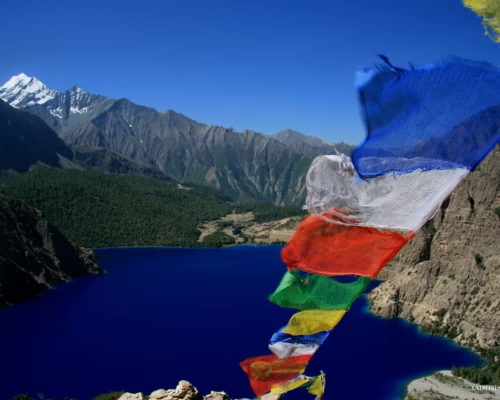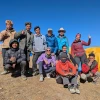Salt trade route of Lower Dolpo
This circuit is the shorter one in Lower Dolpo. This program will take you to the capital town Dho, of Lower Dolpo. It consists of two passes over 5000m, Numla and Bagala, and Shey Phoksundo Lake, which is the deepest Lake in Nepal, also lies inside the Shey Phoksundo National Park.
Dolpo region, which culturally and naturally resembles the Mustang region, lies on the direct route between Tibet and Nepal, where we cross the caravans of yaks carrying salt and wool from Tibet. It makes any trekkers feel the lifestyle of the mountainous region. It offers a highly adventurous journey where you get to feel the rhythm of chörtens, Buddhist prayer spots, and watch Blue Sheep, Snow Leopard, Rabbit, and Marmot in the Shey Phoksundo National Park



